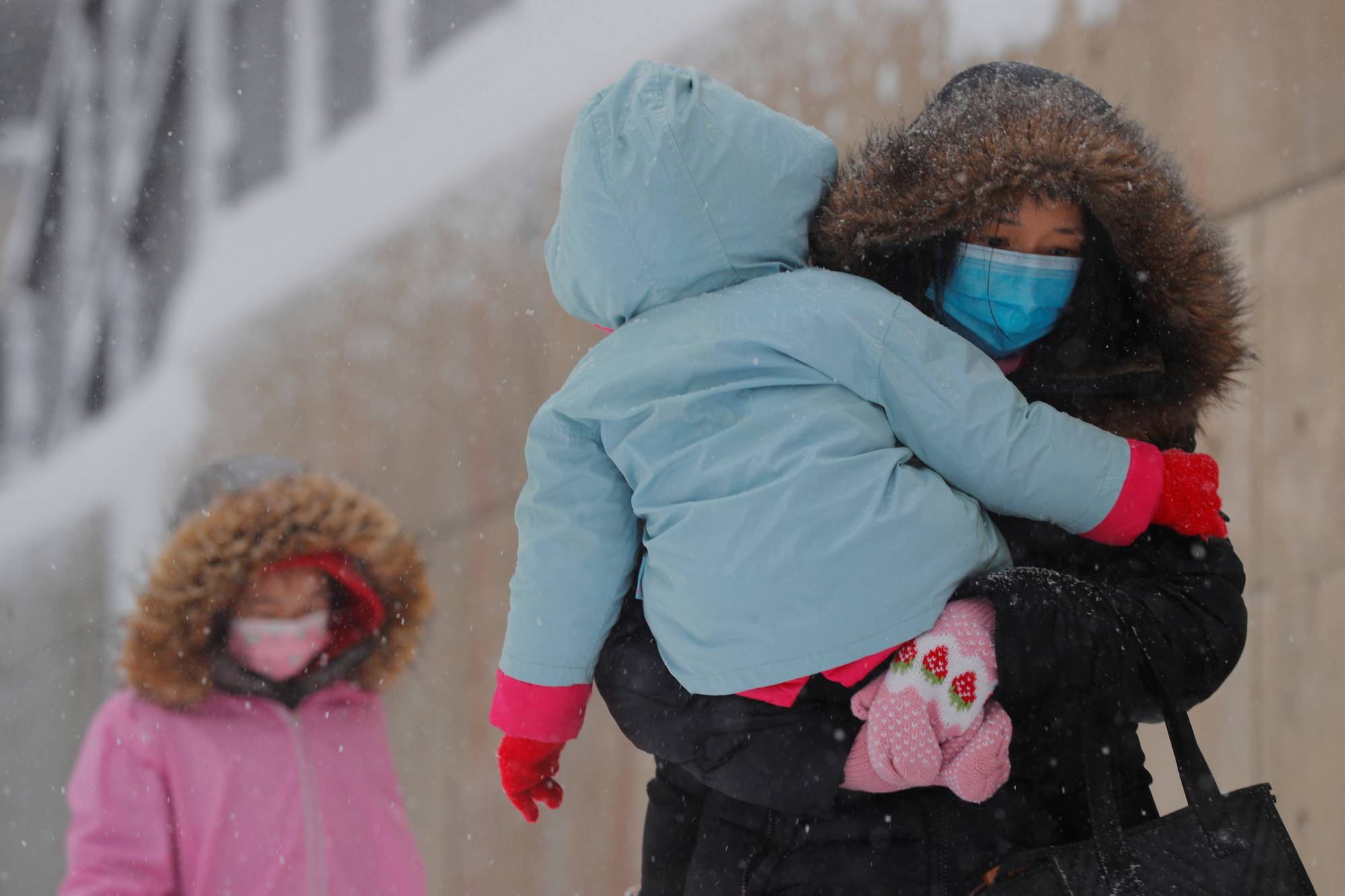It was one of the most widely telegraphed risks at the onset of the pandemic: Women, who seemed to suffer less from the COVID-19 disease, would probably pay a steeper economic price than men. The clues were hiding in plain sight. Women make up a larger share of workers in industries that ground to a halt, and they typically shoulder more of the unpaid labor at home. It would be a greater challenge for them to both keep their jobs and carry on working.
Although this "she-cession” has been very real, there’s reason to be hopeful. Some countries were more successful than others in keeping women employed, shedding light on the effectiveness of policies such as making child care affordable and targeting support to hard-hit sectors. If policy makers want to hasten a COVID recovery, they’ll need to expand some of these efforts.
According to the United Nations, which has been monitoring government responses to the crisis in its COVID-19 Global Gender Response Tracker, few policies specifically targeted women. Out of the 1,300 or so social-protection and labor-market measures adopted by about 200 countries, fewer than one in five were "gender sensitive,” meaning they considered women’s economic security and responsibility for unpaid care. The consequences of this have been clear.


















With your current subscription plan you can comment on stories. However, before writing your first comment, please create a display name in the Profile section of your subscriber account page.